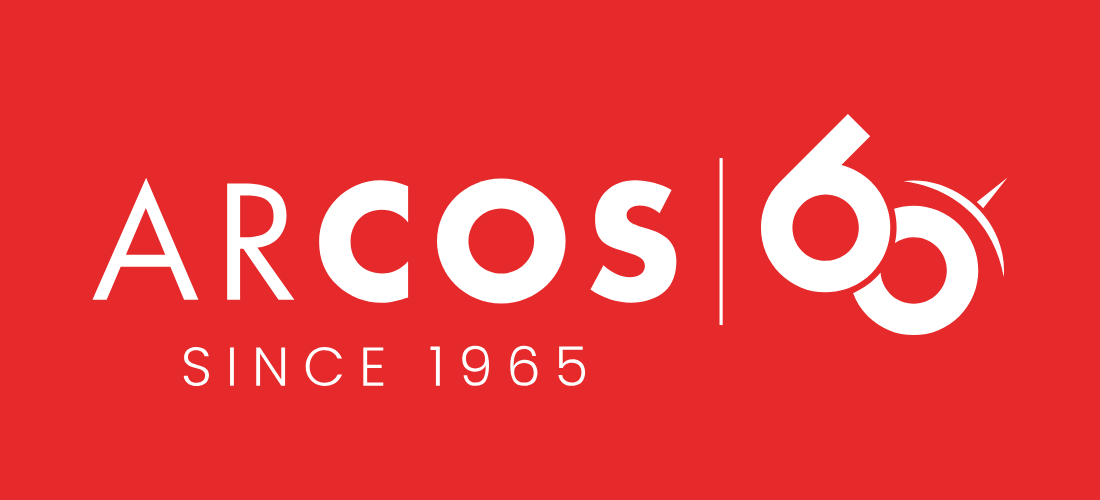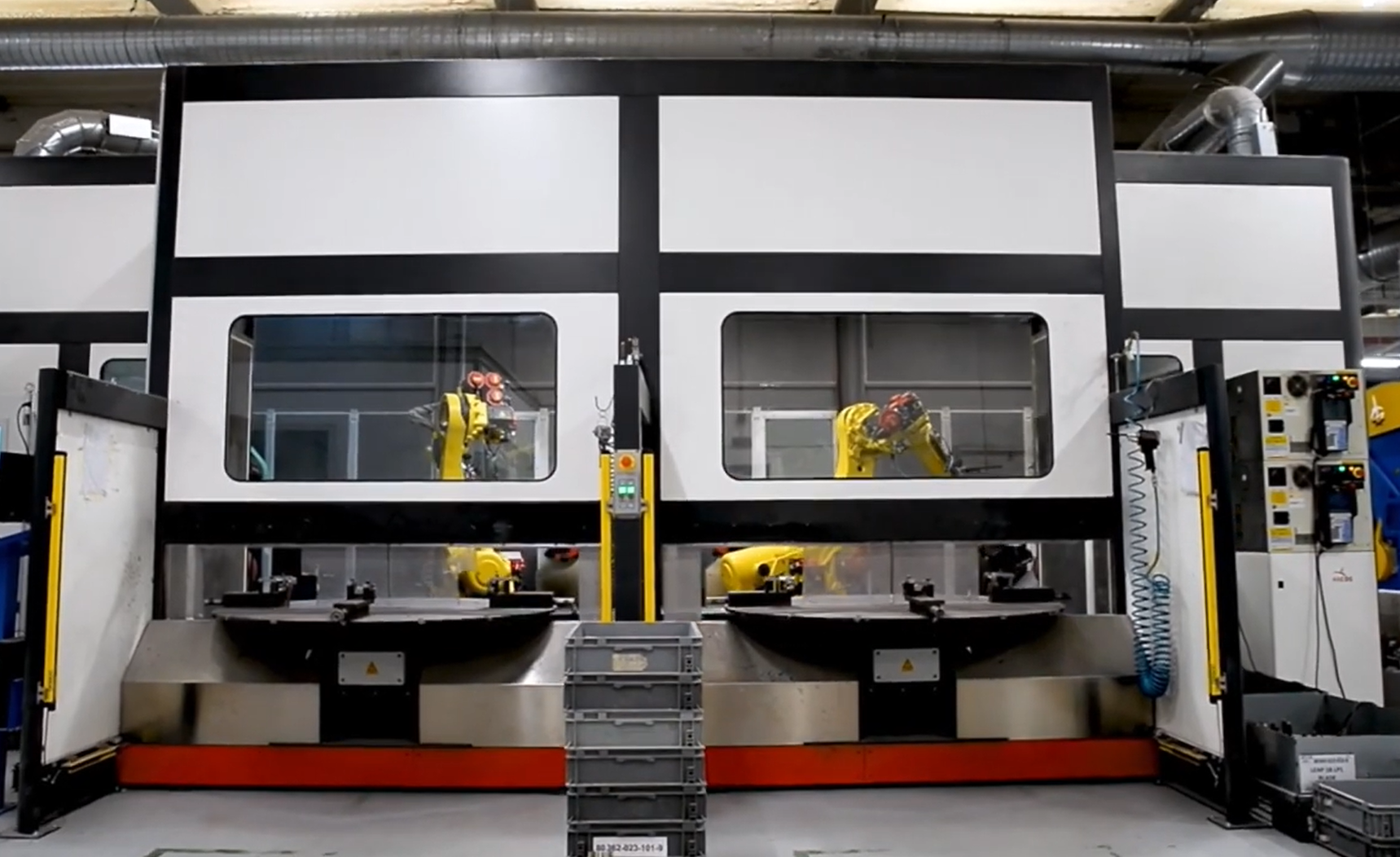Industrial robots are automated machines that perform specific tasks in the industrial production environment, revolutionizing the way companies approach various processes, including surface finishing.
These powerful automated machines have opened up new possibilities, offering significant advantages for manufacturing businesses. With their precision, speed, and repeatability, they have become essential for improving efficiency and the quality of finishes. With the continuous development of technology, industrial robots are becoming increasingly sophisticated, providing innovative solutions and contributing to the transformation of the manufacturing industry.
How do they work and operate specifically? Here’s an overview that answers the main questions about the vast world of industrial robots, with a focus on their use in surface finishing.
Table of Contents
What are industrial robots and what are they used for?
Industrial robots are automatic machines designed to perform specific tasks in the industrial production environment. They are characterized by mechanical arms controlled by an artificial intelligence system, capable of executing a variety of operations such as assembly, welding, material handling, packaging, inspection, and many other activities.
These innovative technologies serve to improve efficiency, productivity, and quality in industrial production. Thanks to their programmability, precision, and repeatability, they can perform tasks quickly and accurately, reducing human errors and ensuring greater consistency in the production process. Industrial robots can operate continuously, 24 hours a day, contributing to increased production capacity for companies. Moreover, they can be used in hazardous or physically demanding environments, replacing human labor in dangerous or strenuous activities, thereby safeguarding operators who can engage in safer and less monotonous tasks.
The key advantages of industrial robots
The advantages of industrial robots include:
- Reduction in labor costs, as robots can operate without the constant need for human intervention.
- Increased efficiency and reduced errors, leading to greater productivity and improved product quality.
- Enhanced safety for operators: Industrial robots can work in challenging environments, such as extreme temperatures or hazardous locations.
- Process automation that also allows for resource optimization, waste reduction, and improved product traceability.
Which sectors utilize industrial robots?
Industrial robots are used in a wide range of industrial sectors, including automation, automotive industry, electronics, medical device manufacturing, food industry, chemical industry, and many other manufacturing sectors. They can be integrated into existing production lines or used as standalone solutions, depending on the specific needs of the company.
Let’s see some examples. In the automotive industry, they are used for painting car bodies and finishing metal parts. In the electronics sector, industrial robots perform assembly and welding operations. In the furniture and woodworking industry, they are employed for polishing and sanding furniture and surfaces. Additionally, industrial robots are widely used in the aerospace industry for producing plastic products and much more.
Industrial robots for surface finishing
When it comes to surface finishing, industrial robots offer highly efficient solutions. Thanks to their programmability and precision, they can perform operations such as sanding, polishing, satin finishing, cutting and sandblasting with consistent and high-quality results.
Automated surface finishing eliminates the dependence on manual labor, reducing human errors and ensuring greater consistency in the process. Industrial robots are capable of working on a wide range of materials, such as metal, plastic, wood, and glass, offering remarkable flexibility for the needs of businesses.
Structure of robots for surface finishing
Industrial robots for surface finishing are equipped with specialized tools such as sanders, rotating brushes, or polishing devices. These tools are mounted on robot arms, which can be configured to move in different directions and adapt to the shapes and sizes of the surfaces to be worked on. With advanced sensors and cameras, robots can accurately detect surfaces and adapt their actions to achieve optimal results. Moreover, sophisticated control systems enable precise management of pressure, speed, and other critical parameters for finishing.
Advanced Robotics Developed by Arcos
The robotic systems produced by Arcos meet the highest market demands for automated surface finishing. For years, Arcos has been partnering with companies to streamline their production and provide the most innovative and advantageous robotic finishing system, offering significant benefits in terms of quality, timing, and results.
What sets Arcos apart is the ability to obtain a customized robot system tailored to the specific needs of each company. This way, there are no limits, and every company can introduce the industrial robot that best optimizes their processing and production, achieving unparalleled results.
Conclusion
Industrial robots have revolutionized the way companies approach surface finishing. With their technological advancements, they offer significant advantages in terms of efficiency, quality, and safety. Employing industrial robots for surface finishing allows companies to achieve flawless results automatically, enhancing their competitiveness in the market.
Are you considering introducing an industrial robot to your reality? Speak with an Arcos consultant who will provide you with the most suitable solution based on your needs.


